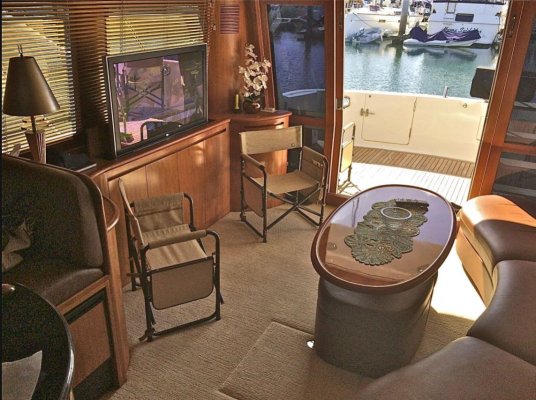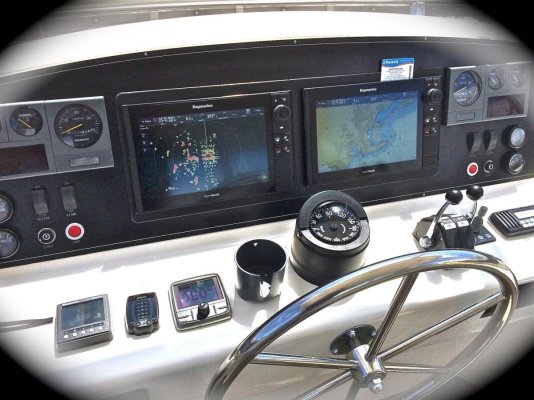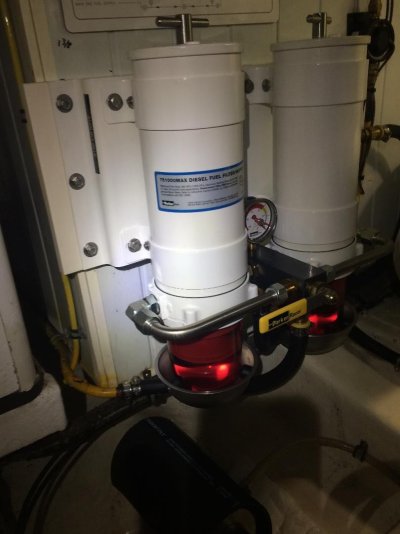OK, here is my recommendation:
When you get tired of RVing and are ready for live aboard boating, first buy a Kady Krogen 39- see
https://www.yachtworld.com/boats-for-sale/type-power/make-kadey-krogen/?length=39-39 or a Nordhavn 43- see
https://www.yachtworld.com/boats-for-sale/make-nordhavn/?length=40-43. You can buy one of these for less than $500k and as little as $300K.
Both are solid cruisers, not as big as you ultimately want but if you can live on an RV you can live on one of these quite comfortably for a year or two. Other more coastal trawlers would also work, but by buying a smaller version of what you ultimately need for comfortable blue water cruising to anywhere in the world, you will develop your thoughts on what you really want long term.
I also chose these two boats so they would be less than twenty years old, so upgrading should be minimal. The older Nordhavn 40s may need significant upgrades as well as the Krogen 42s. You don't need to spend your time on upgrades. With your financial resources, buy something almost ready to go.
Then first do the Atlantic coast from Florida to Maine. That will take 6 months to a year depending on how much exploring you want to do. Then head over to the Bahamas for several months and then if you still have the blue water itch, head down to the Caribbean. Spend 6 mo to a year there.
You won't need a captain or crew for any of this. The first US part will let you develop large boating skills in an easy non threatening environment that I am sure you can handle with maybe a day or so of instruction on anchoring and boat handling around the dock. The Bahamas/Caribbean legs will let you develop self sufficient skills and particularly the Caribbean leg will give you a taste of blue water fun.
Then after a couple of years you will have a very good idea of what you want long term and the skills to go with it.
Finally, this plan gives you a low cost (well relatively) way to bail out if the live aboard cruising lifestyle doesn't suite you. Or maybe retreat to a US coastal and Bahamas lifestyle. Almost all TFers do the latter and enjoy the cruising in these waters. Also if you decide you don't want to do the world, but love the cruising lifestyle then there are lots of boats beyond the three that you originally mention that would work nicely.
David



